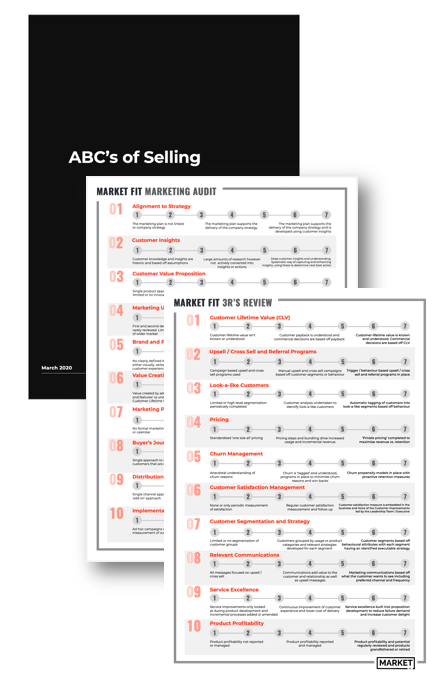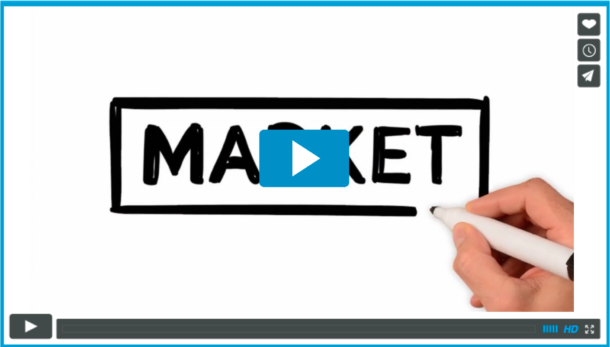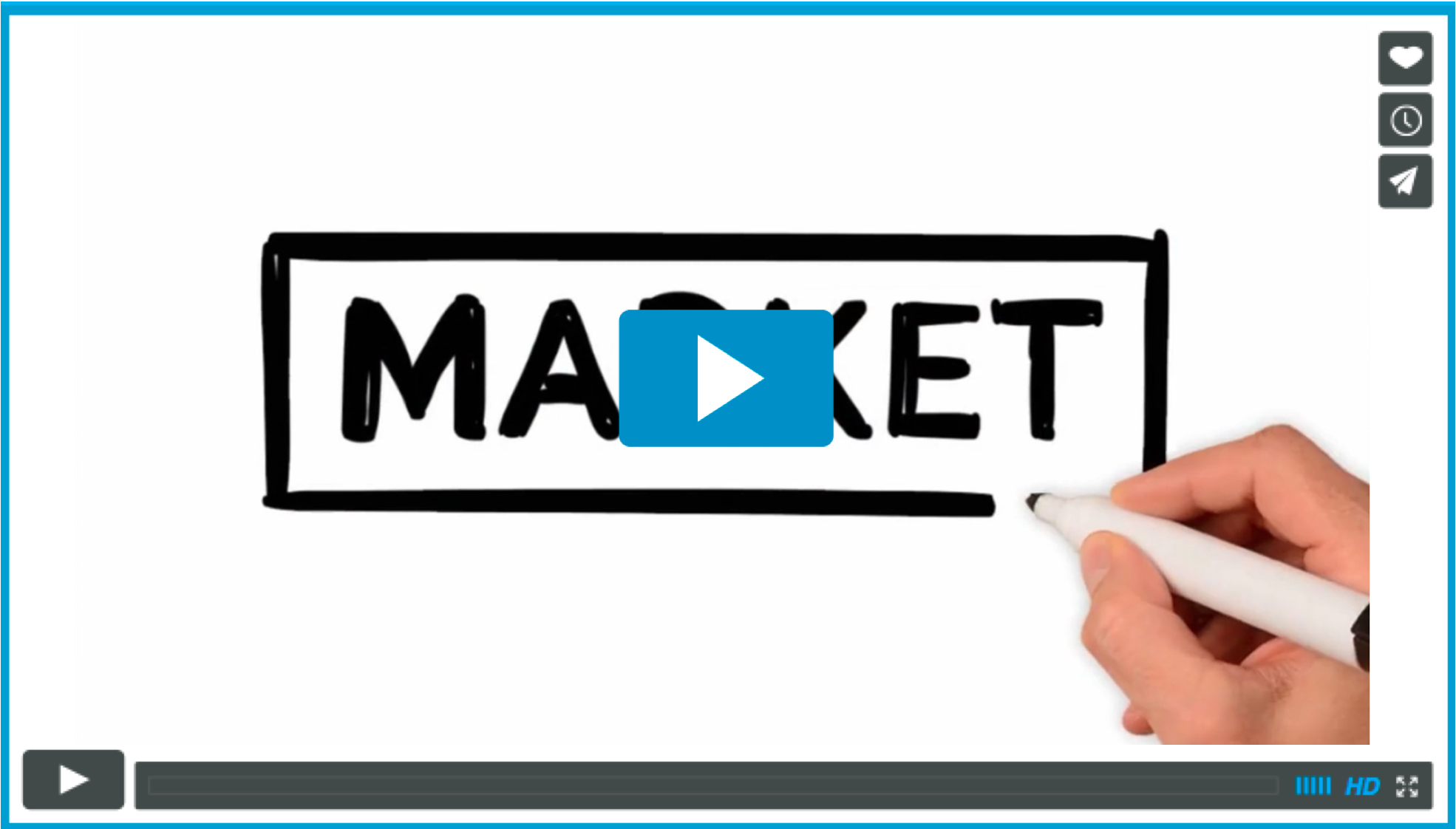
What is the Incumbents Pricing Dilemma?
As an incumbent you have a pricing structure that has sustained your business for some time, this pricing is disrupted by a new technology or competitor entering the market with different yield expectation primarily due to a differential in infrastructure costs or the make up of their value chain.
The example used in the print media industry as it faces a transition to digital is ‘print dollars to digital dimes’. From an industry point of view for every $1 of advertising for print it converts to roughly $0.10 of digital advertising. As the print industry understands all to well it is pretty difficult for any industry to survive a 90% reduction in pricing. Their infrastructure and profit margins are based on revenue or $1 not $0.10c. Unfortunately for them there were any number of start-ups that look at 10c and as they nothing at the moment they can only see upside and can easily make $0.10c work.
Sky vs Lightbox
Sky’s view of the world
The issue Sky faces is they have a large installed base that is paying somewhere between $48 and over $100 per month where as the market for subscription video on demand (SVOD) plans is $15-$20 per month.
Sky have been masters at bundling and upsell and in the SVOD and Streaming world their biggest fear is that there $100 customers will trade down to an online only package. Therefore they will price the online package at such a price that trade down is not attractive to the customer.
The online Fanpass plan has just been released @$ 29 per week or $299 for the year which is too expensive to bother with trading down from the traditional sports package and they may attract some new customers. They clearly believe that a small amount of churn is better than giving the whole base an option reason to migrate down.
Likewise have also taken the same approach with Neon, which is priced above the market and does not have all of their current content on it again offering a slightly worse service to ensure customers stay with their core package.
Lightbox view of the World
However Lightbox as the new entrant has everything to gain so will be very aggressive on price to grow their base and scale. They are currently in the investment phase of their business model. Their first big move has been offering twelve months free Lightbox to all of their broadband customers. They need to drive adoption and scale on Lightbox. This also has the added benefit of an acquisition and churn save on Spark Broadband. They plan to monetize at the end of the year once the customers are fully engaged with the service.
If a large percentage of their 600,000 broadband customers take the service and a large amount convert to be a paying customer they can fund additional content. They could also have a play at sport content as any revenue they get from sport will be incremental revenue even at a much lower price of say $30 per month.
Likely Outcome
The content rights holders are the winner in this game, as Rugby is something that Sky must keep at all costs they will pay over the odds for it and Lightbox know it will markedly improve their service so will also be bidding aggressively.
Lightbox: If they have deep enough pockets they can to continue to be aggressive and land grab and challenge for content before Sky change their pricing model.
Sky: Will continue the existing pricing model and will monitor and manage churn with below the line offers to their core base customers and revenues.
_________________________
If you want more information on Incumbent Pricing research the following may be of interest.
http://onlinelibrary.wiley.com/doi/10.1002/smj.502/abstract
Empirical research on incumbent pricing responses to new entry has yielded mixed results. Some studies find that incumbents cut prices post entry, while others find that incumbents accommodate entry by leaving prices unchanged (or even raising prices). To better understand these findings, this study explores the conditions under which incumbents are more likely to cut prices when faced with entry. I argue that incumbents vary in their incentives to cut prices; incumbents with greater incentives are more likely to respond aggressively to entry. Using data on magazine subscription prices, I find that, on average, incumbent magazines do not reduce prices following entry. But, the results suggest that newer incumbents cut prices more than older incumbents, while incumbents that compete in fewer and in more competitive markets cut prices less following entry. These results help to explain inconsistent empirical results in the literature, and support a more general explanation of when firms respond aggressively to entry: incumbents respond to entry more aggressively when their incentives to do.
KS.





